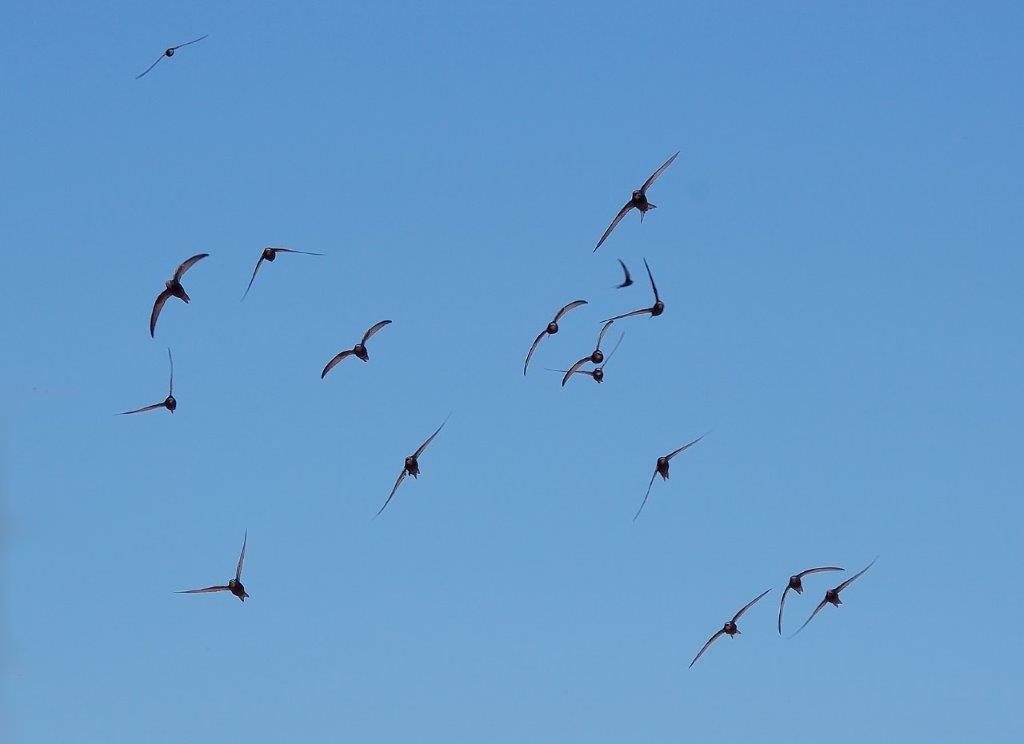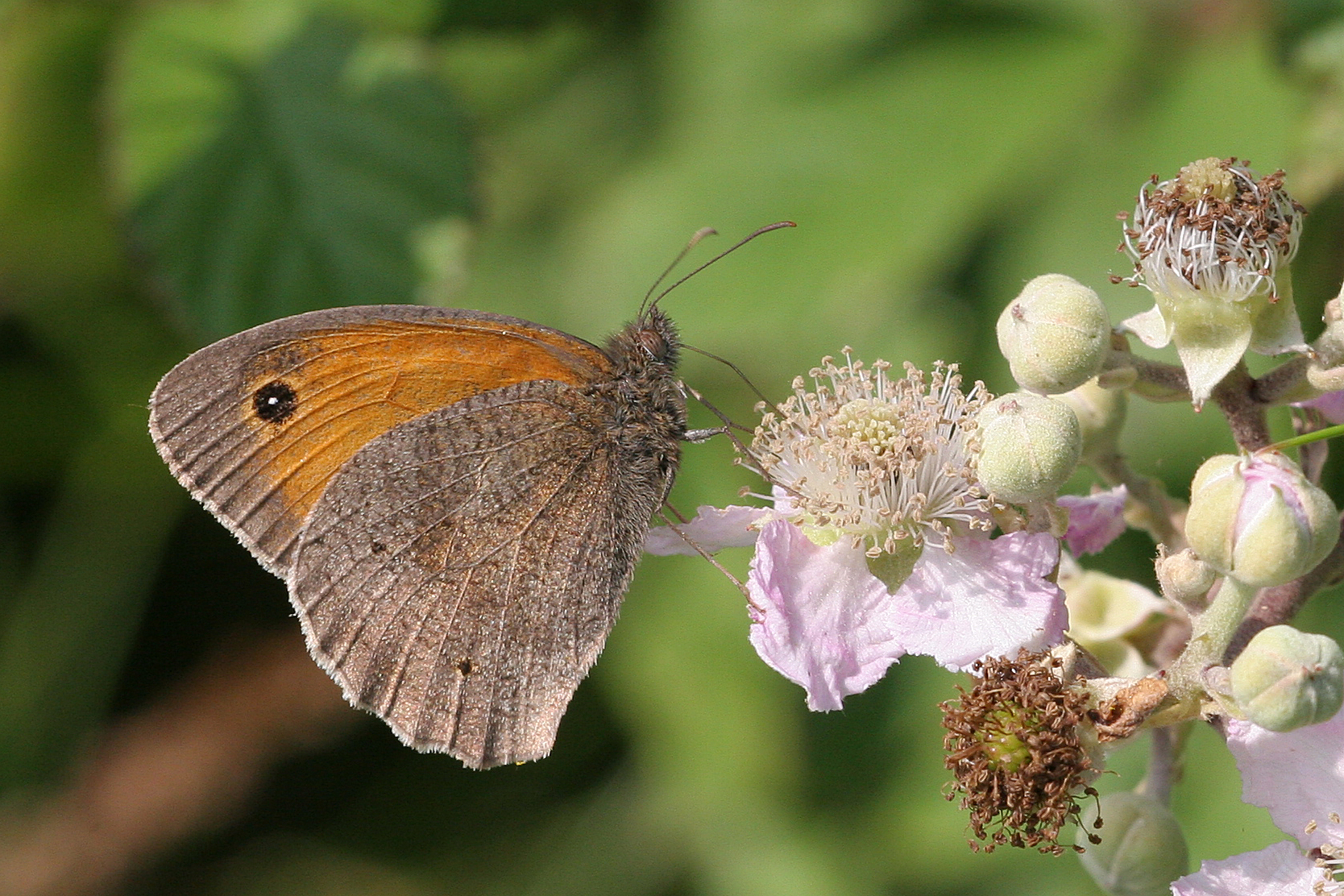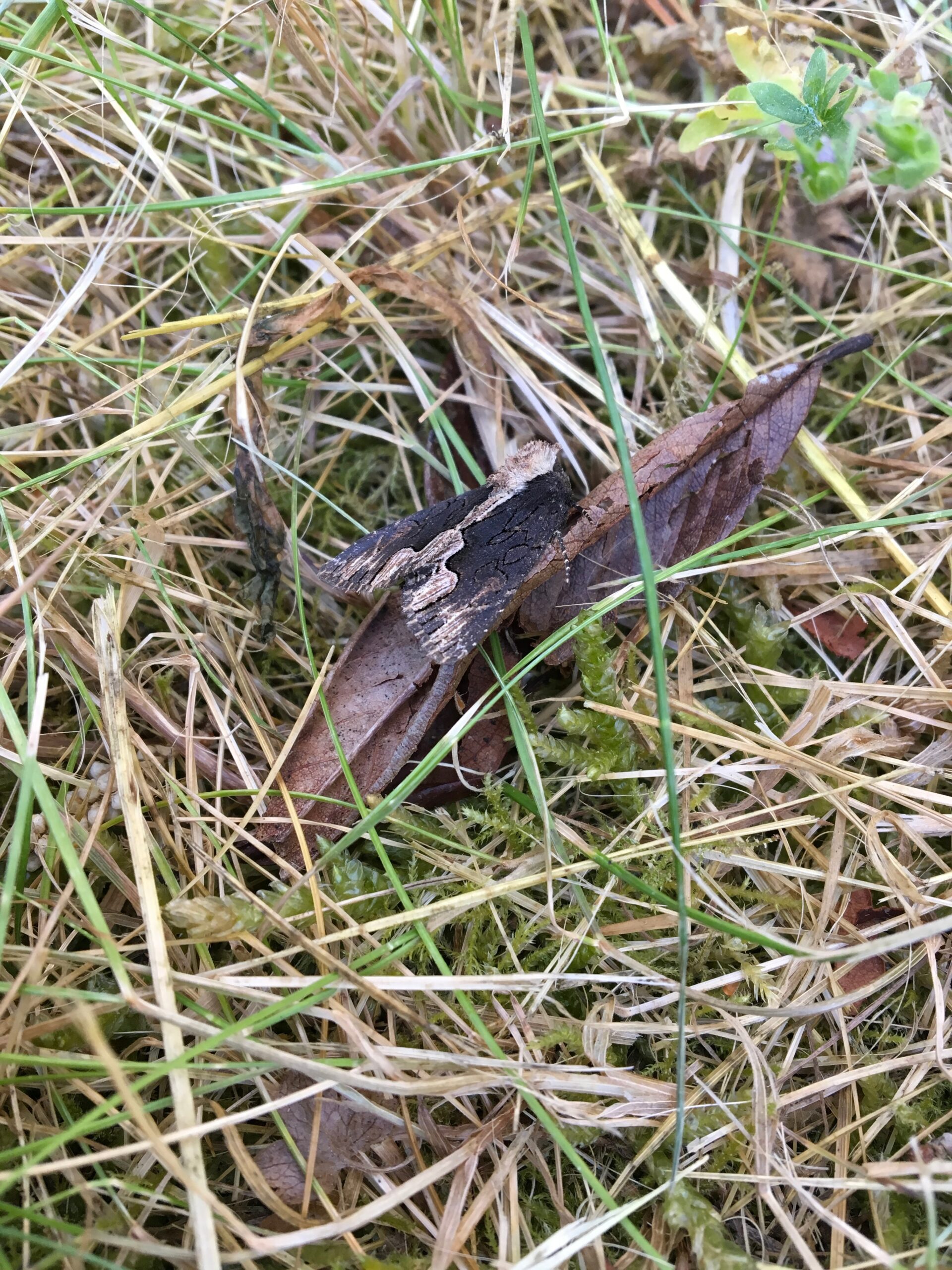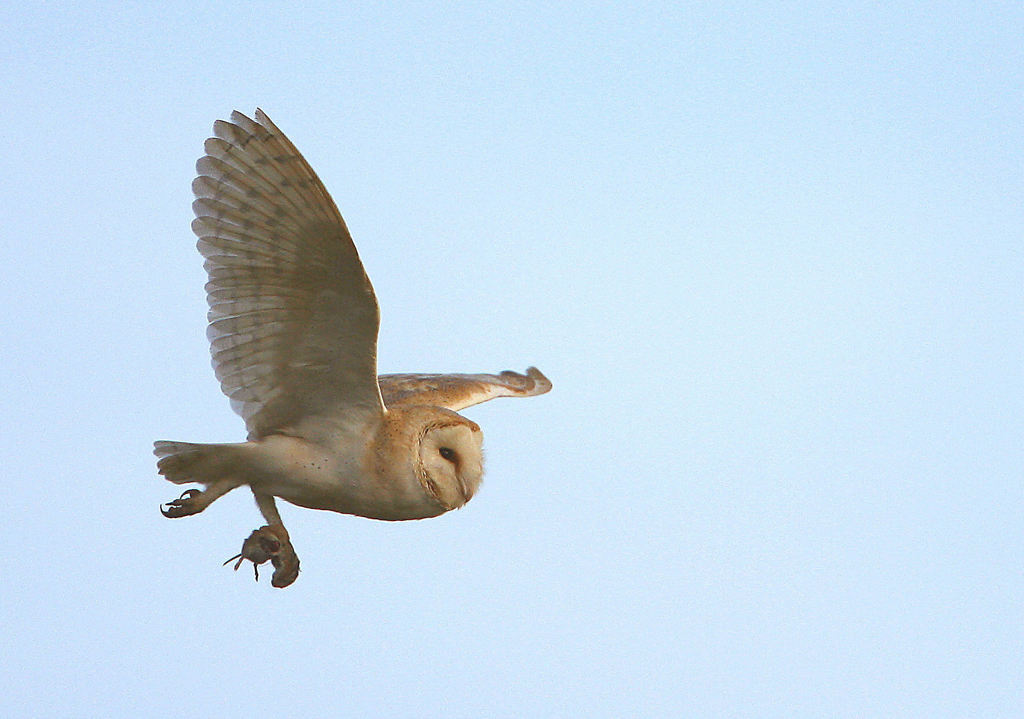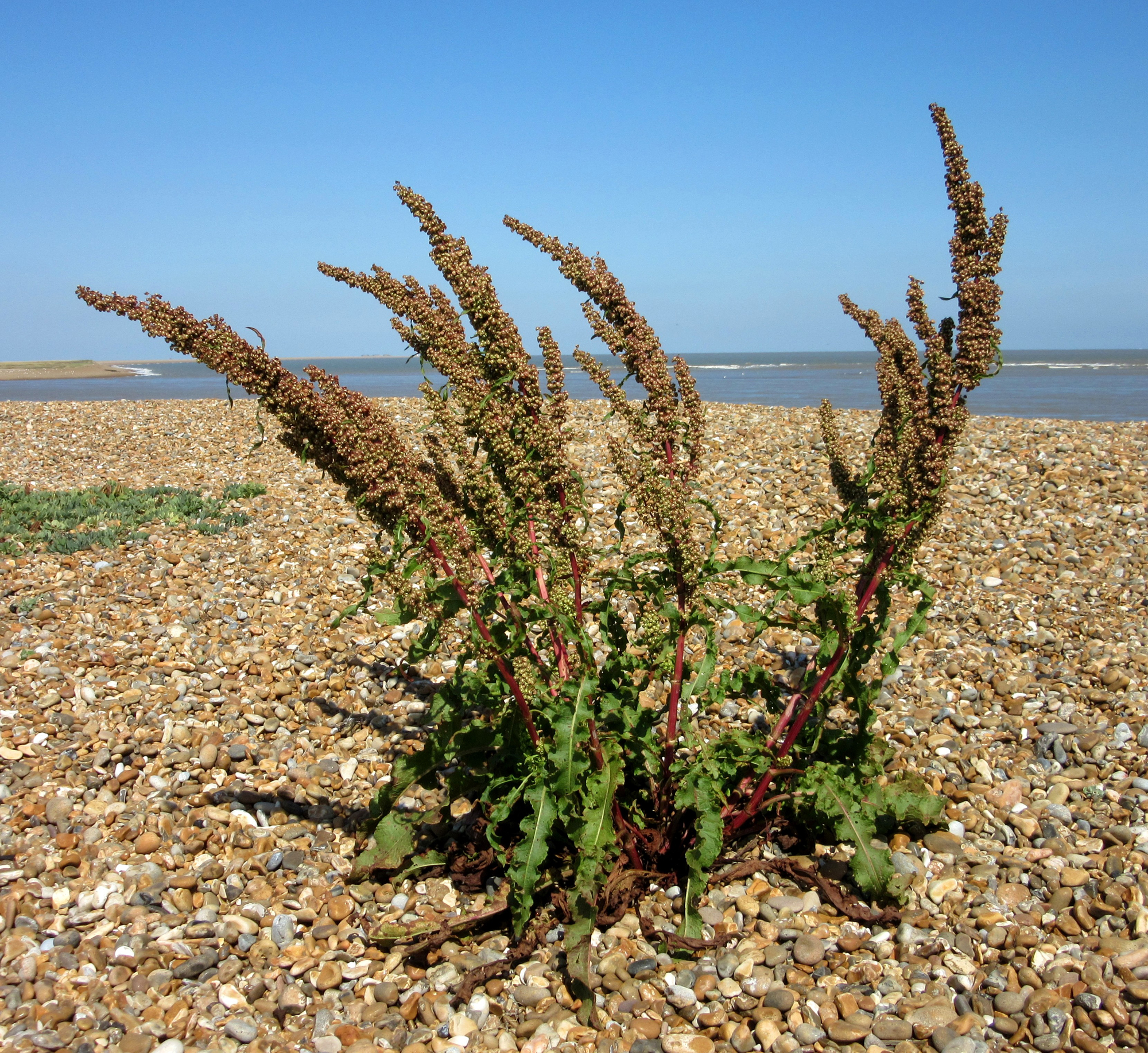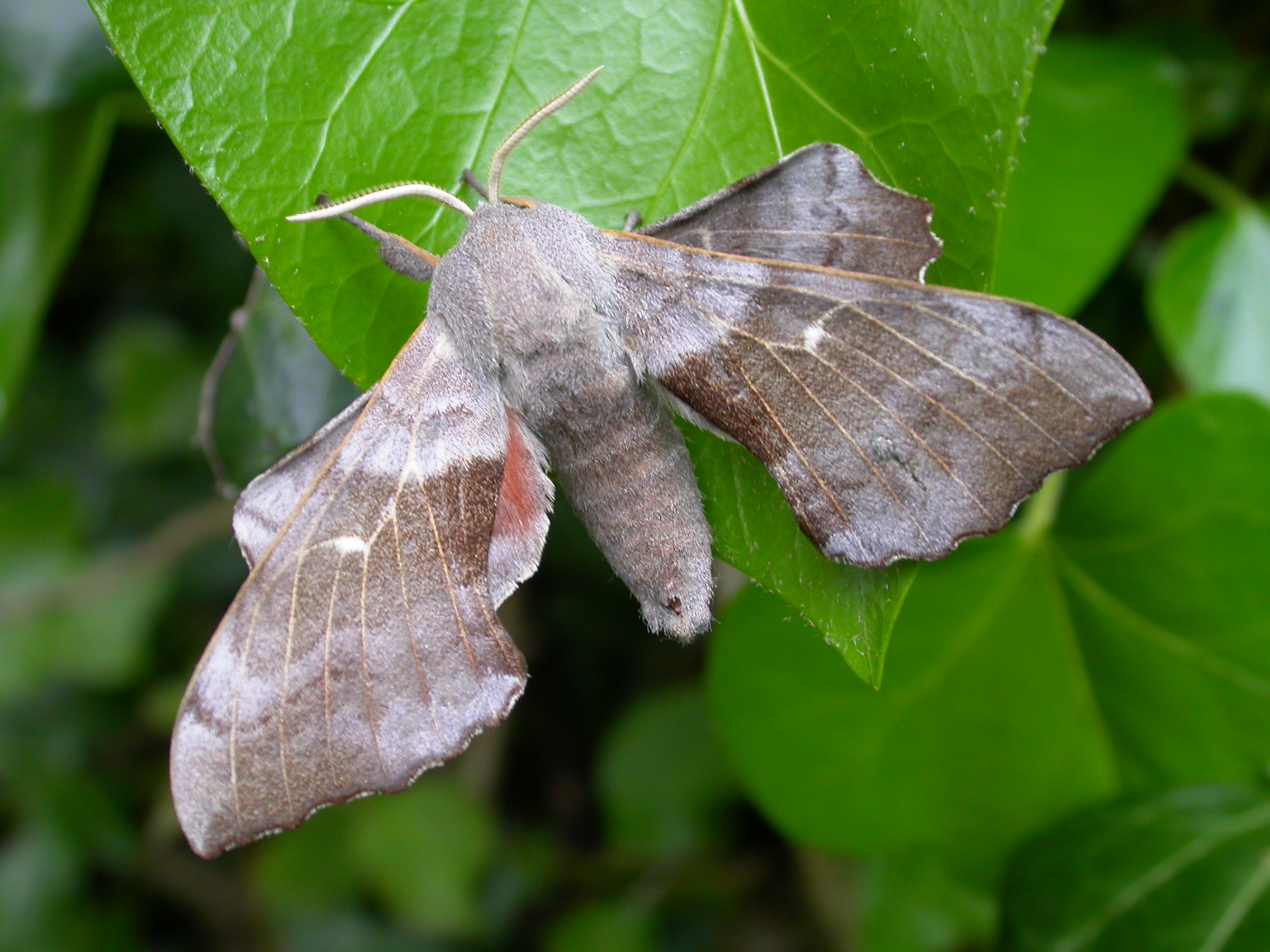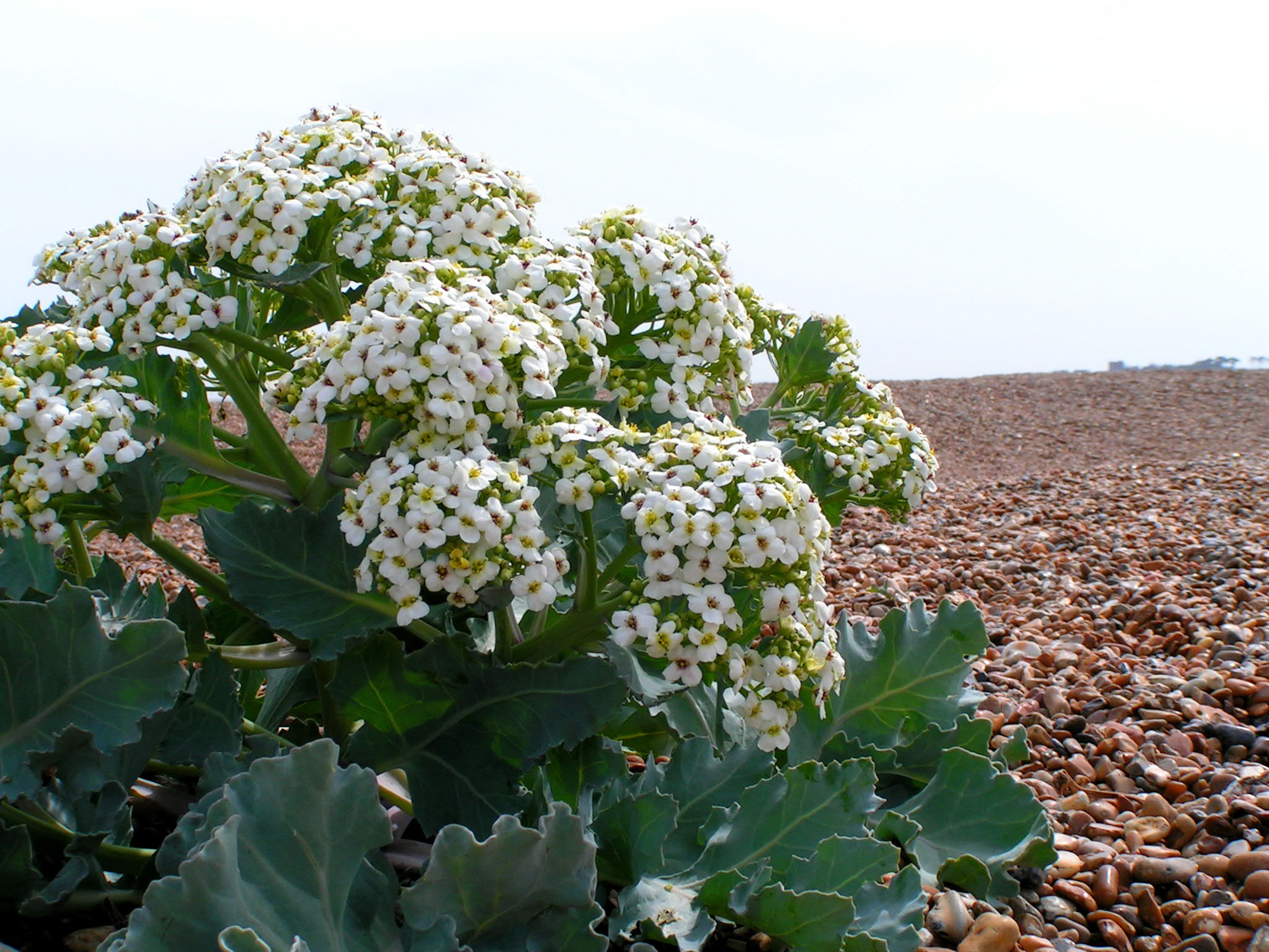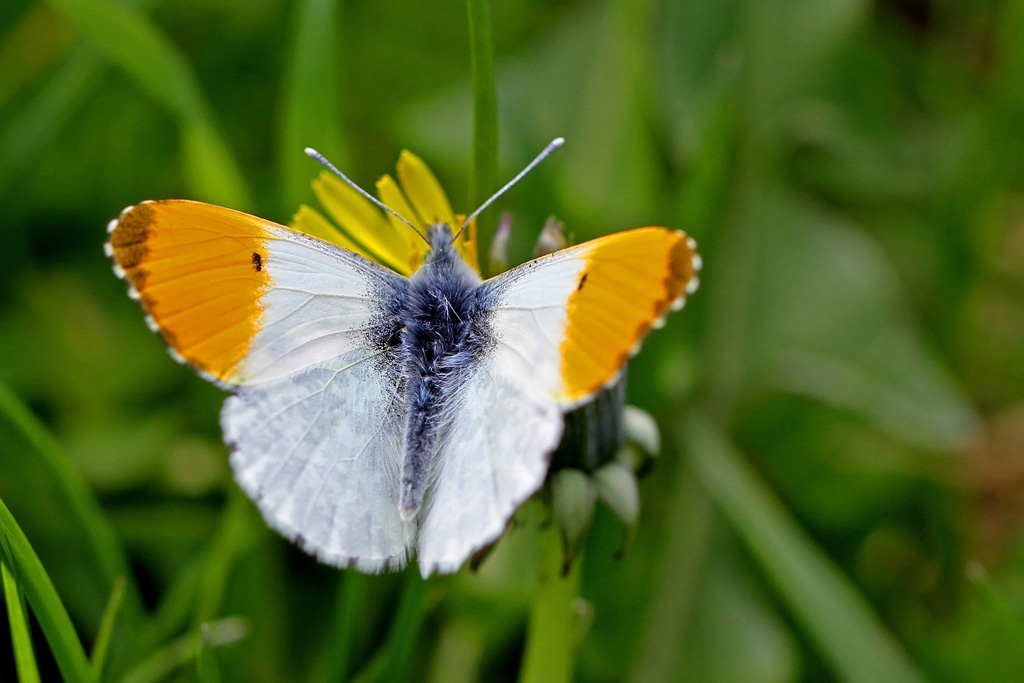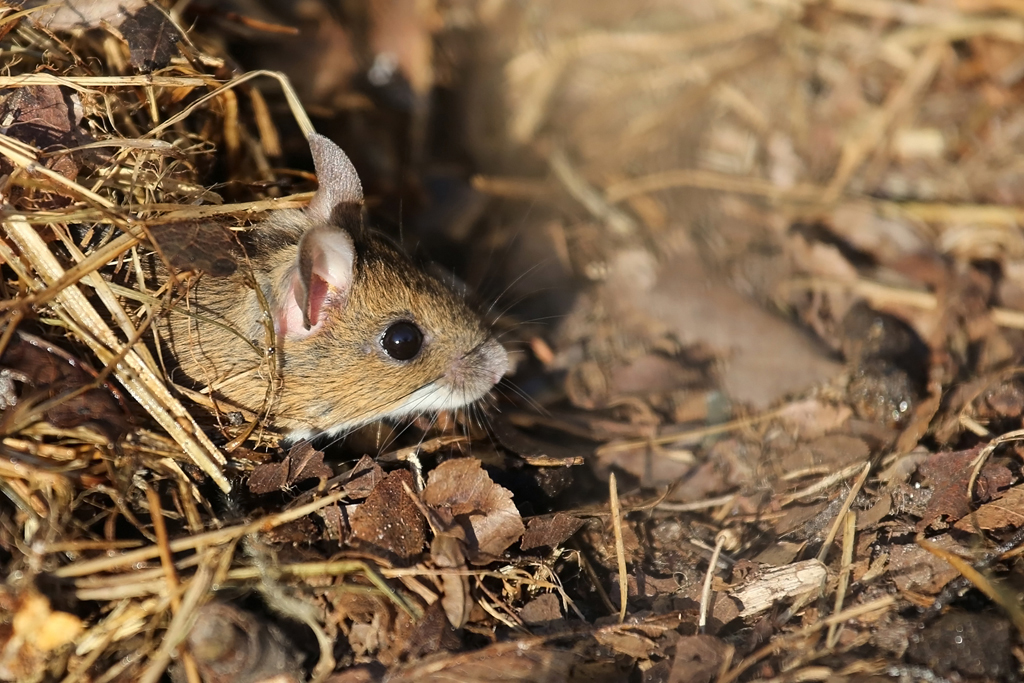Swifts on the move
03 Jul 2023
I was walking the sea-wall when the wind freshened from the west, the sky darkened and I was caught in a light shower. Within a few seconds small parties of swifts suddenly appeared, tracking low along the sea-wall – and heading south.
Jeremy
Meadow Brown
30 Jun 2023
Walking the sea-walls today, I disturb lots of meadow brown butterflies as I brush through the grasses. Suddenly a new generation of them is on the wing.
Jeremy
Cuckoo
29 Jun 2023
Cuckoo still calling, which is getting late. As the nursery rhyme has it, '...in June he changes his tune/ in July he prepares to fly'.
Jeremy
Oystercatchers
28 Jun 2023
The local oystercatchers still have three surviving young, which are highly mobile but not yet flying. Not long to go now before they can take to the air – and safety.
Jeremy
Spoonbills
23 Jun 2023
A group of four spoonbills feeding actively near the viewing platform on the Hollesley Marsh reserve. They commute between here, Boyton and Havergate (where they are probably nesting). Spectacular birds!
Jeremy
Breeding waders
21 Jun 2023
The lapwing and oystercatcher families in the pools by the sea-wall to East Lane now each have three surviving young, mobile but not yet flying, so still in danger from foxes, otters and dogs.
Jeremy
Meadow Browns
21 Jun 2023
Lots of meadow browns on the wing suddenly, working the grassy banks fo the sea-walls..
Jeremy
Four-spot Chaser
20 Jun 2023
This medium-size brown dragonfly has four characteristic spots on the wings each side. You can just about make them out in this blurry photo, taken between SS and East Lane. Lots of other dragonflies emerging just now but this one is relatively easy to distinguish.
Jeremy Mynott
Cuckoo
19 Jun 2023
The Shingle Street cuckoo is still calling – just. Already the first cuckoos that have successfully deposited their eggs with a foster are returning south. Sometimes we see the juveniles here later in the summer, as in this image, but by then their parents are long gone.
Jeremy Mynott
Moths
15 Jun 2023
An over night moth-trapping produced some 40 species, with large numbers of small elephants, cream-spot tigers and marbled minors and an interesting 'bird wing' moth. Amazing how much activity there is in one's garden overnight!
Jeremy
